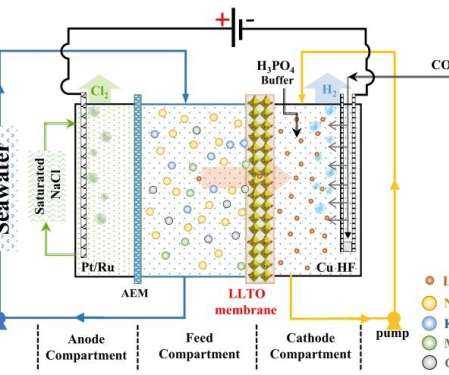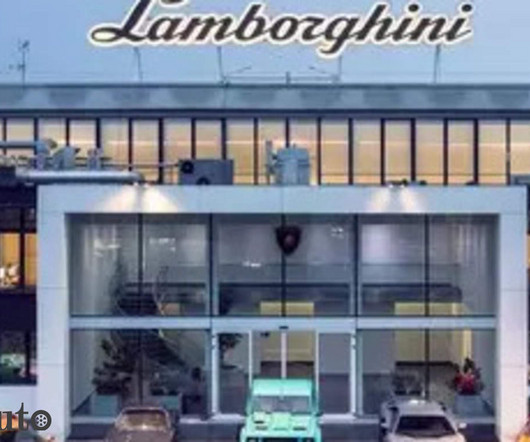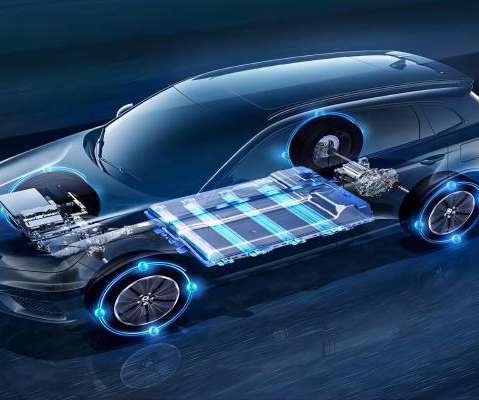UH team reports new catalyst efficiently produces hydrogen from seawater; promising for large-scale hydrogen production, desalination
Green Car Congress
NOVEMBER 12, 2019
Researchers from the University of Houston have reported a significant breakthrough with a new oxygen evolution reaction catalyst that, combined with a hydrogen evolution reaction catalyst, achieved current densities capable of supporting industrial demands while requiring relatively low voltage to start seawater electrolysis.



























Let's personalize your content